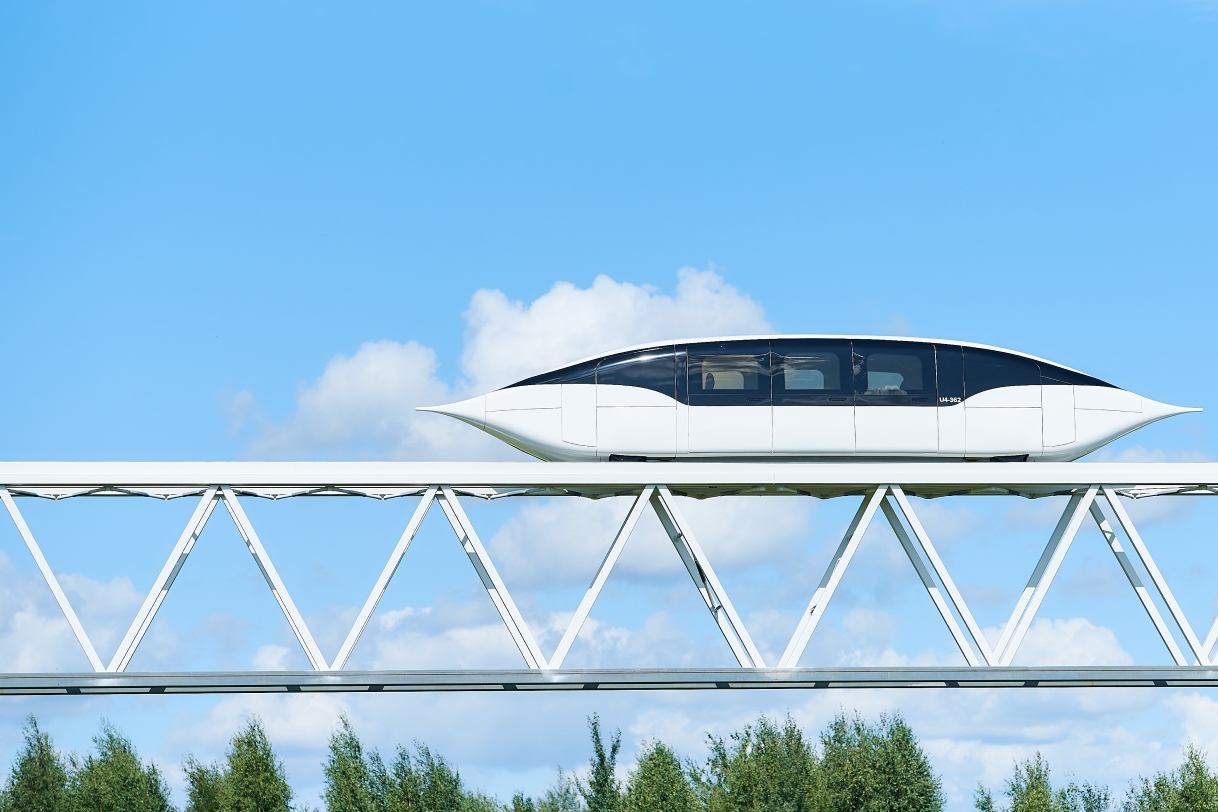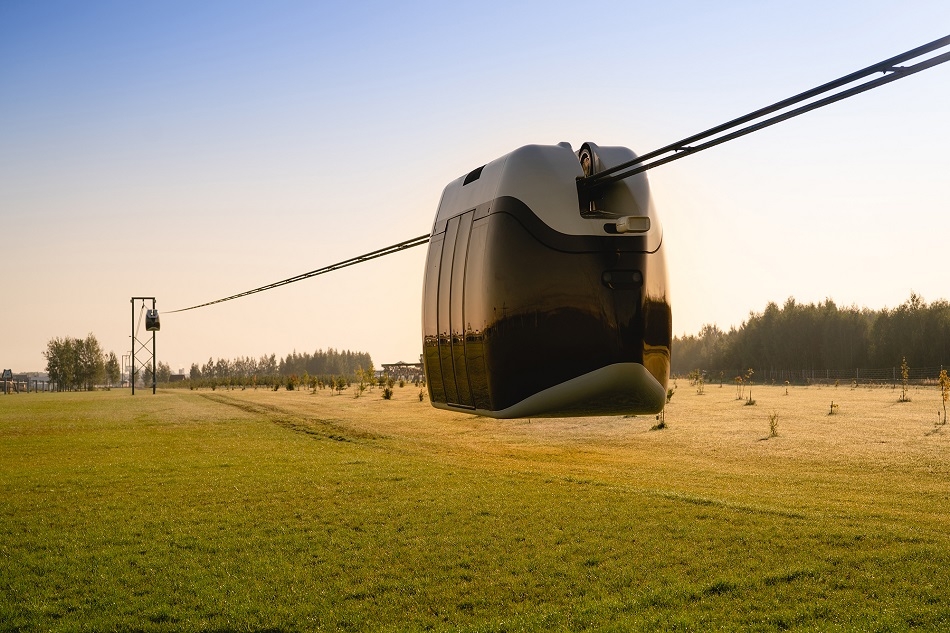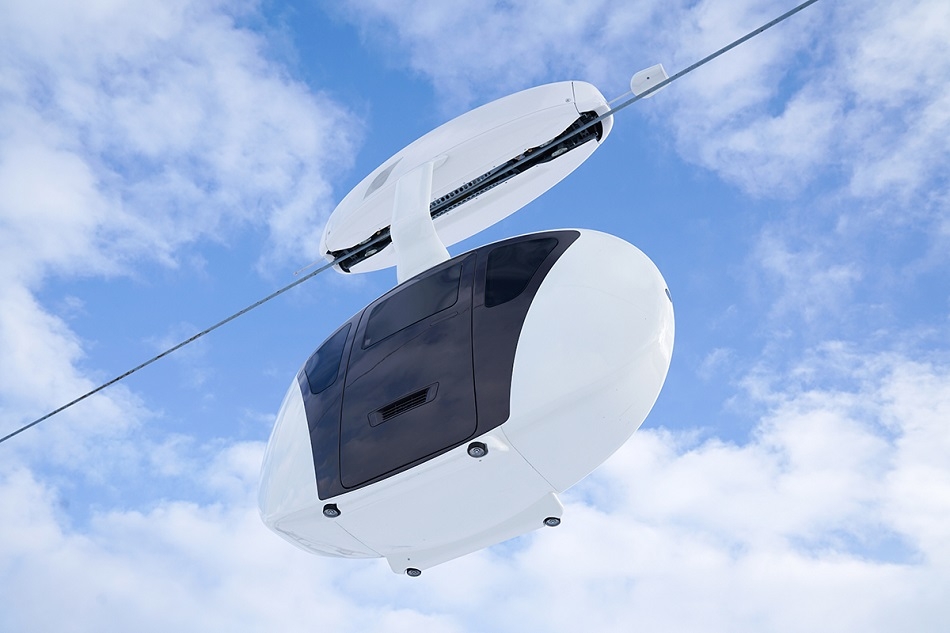Outstanding Performance: Talking About uST Transport Aerodynamics

The aerodynamic performance of a vehicle is a key factor in its efficiency and economy. This parameter affects speed, fuel consumption and transportation costs. In uPods we use a technology that enables them to achieve outstanding performance in this regard. Read more in the article.
As a rule, at high speed, vehicles spend up to 90% of their power to overcome aerodynamic drag. And as speed increases, the air resistance increases quadratically. Moreover, there is a screen effect, an aerodynamic phenomenon that occurs between the road and the car. To overcome these effects, the vehicle engine needs to work harder, thus increasing power consumption.
"At high speeds and in strong winds, air resistance dictates how the car accelerates, how controllable it is, and how it consumes power," explains Deputy General Designer for Science Sergey Artyushevsky.
In uST transport this problem is eliminated by using a string rail overpass. Elevation of the track structure above the ground removes the shielding effect entirely. Thanks to the tear-drop body of uPods, the power consumption of the transport is reduced quite effectively. In addition, it can safely accelerate up to 150 km/h (up to 500 km/h in the high-speed version). All this makes uST Transport & Infrastructure Complexes a truly advanced solution.
High-speed uST transport model, uFlash, is worthy of a special mention. Its aerodynamic drag coefficient was reduced to 0.06. For comparison, among the top cars, the aerodynamic drag coefficient can be, for example, 0.175.

The aerodynamic performance of uST transport combined with its other strengths ensures high efficiency and low operating costs for rail electric vehicles.
More news

Blog
5 September 2025
Methods of Protecting the uST Complex from Natural Disasters
Let's explore how uST transport and infrastructure complexes are protected from extreme weather conditions.

News
2 September 2025
Transportation for Smart Cities and New Districts
We analyzed promising technologies for smart cities and identified the uST

uLite
27 July 2023
UST Inc.’s CEO: “uLite demonstrates versatility of our product”
We talked to Nadezhda Kosareva about the opportunities for the company’s further development.

